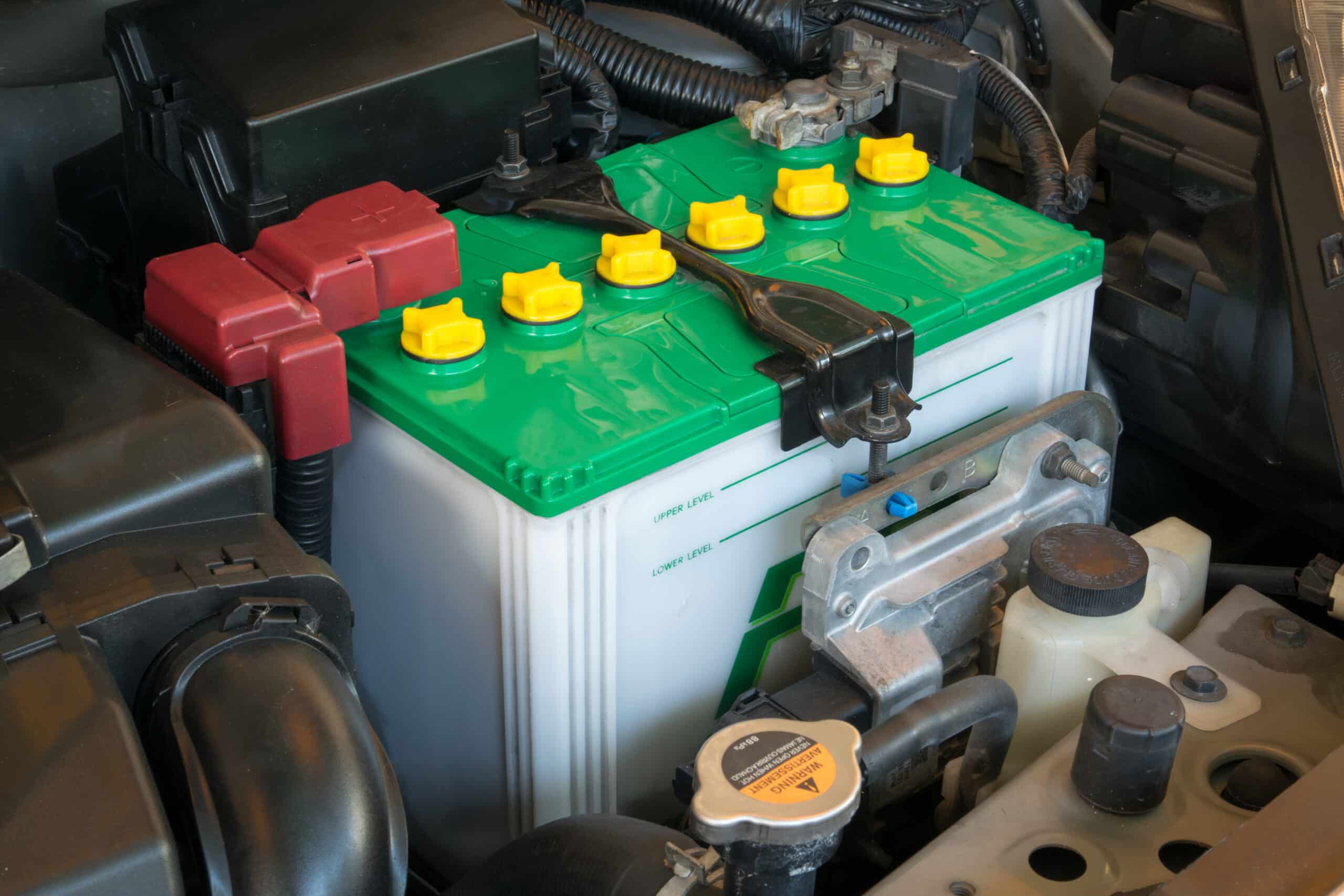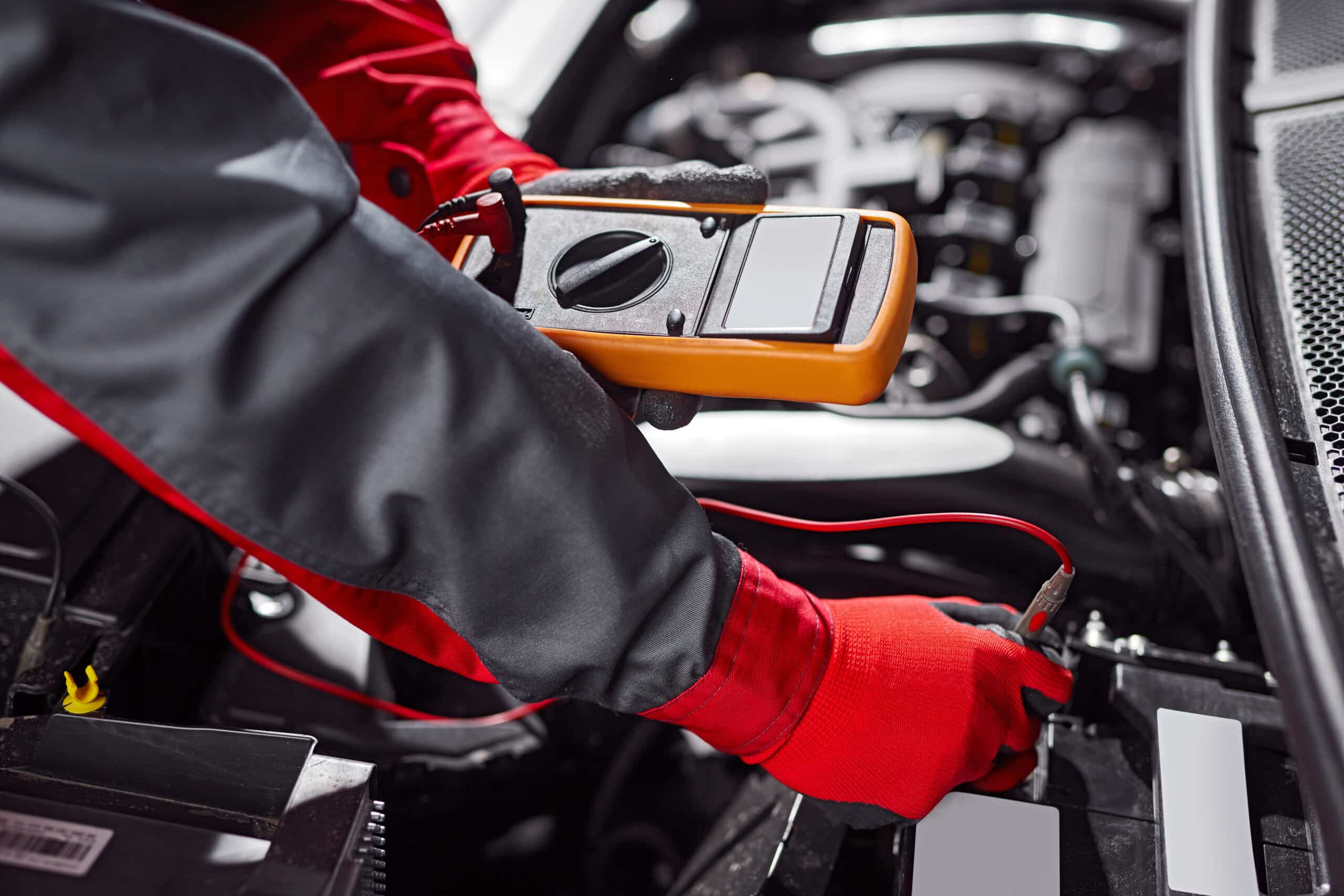Unlock the electrical heart of your vehicle as we delve into the crucial question: “How many amps is a car battery?”

Car batteries are the silent heroes of our vehicles, providing the electrical energy needed to start the engine and power various components. When it comes to car batteries, you often hear about amps, CCA, and ampere ratings. But how many amps is a car battery, and what do these terms mean? In this guide, we’ll demystify car battery amps and delve into related concepts.
Understanding Amps, Ampere hours and CCA
Amps, short for amperes, measure the flow of electrical current in a circuit. It represents the volume of electrons that move through a conductor. In the context of a car battery, amps determine how much electrical current the battery can deliver to the starter motor and other electrical components.
Ampere hours, often denoted as Ah, represent the amount of electrical charge a battery can deliver over time. It’s a measurement of a battery’s capacity. For example, a 50Ah battery can deliver 50 amps of current for one hour, or 10 amps for 5 hours, before it’s fully discharged.
CCA, or Cold Cranking Amps, is a specific measurement used to assess a car battery’s ability to start the engine in cold temperatures. It represents the number of amps a battery can deliver at 0°F (-17.8°C) for 30 seconds while maintaining a voltage of at least 7.2 volts. CCA is a crucial specification, especially in regions with frigid winters, as cold weather can significantly reduce a battery’s performance.
How Many Amps Is a Car Battery?
A standard 12-volt car battery typically has a capacity of 45 to 75 ampere-hours (Ah). This rating indicates how many amps the battery can deliver over a 20-hour period before its voltage drops below 10.5 volts.
However, when it comes to cranking amps, the amps required to start your engine, car batteries usually range from 400 to 1,000 amps or more, depending on the battery’s size and type. Larger engines or vehicles with high electrical demands may require batteries with higher cranking amp ratings.
In terms of CCA (Cold Cranking Amps), many car batteries range from 500 to 1,200 CCA. Again, the required CCA depends on your vehicle’s specifications and the climate you operate in. Colder climates demand higher CCA ratings to ensure reliable starts in freezing temperatures.
What is the Ampere Rating of a Car Battery?
The ampere rating of a car battery is typically represented by its Ah (ampere hour) capacity. Car batteries come in various capacities, typically ranging from about 30Ah to 100Ah or more. Higher Ah ratings indicate a larger capacity to deliver current over a more extended period.
For instance, a car with a 60Ah battery can theoretically deliver a continuous current of 60 amps for one hour before being fully discharged. This rating helps determine how long a battery can power various electrical components in your vehicle when the engine is off.
What Drains a Car Battery?
While understanding your car battery’s capacity is crucial, it’s equally important to be aware of factors that can drain it. Common culprits include leaving lights on, running accessories without the engine running, and old or faulty alternators. For a detailed exploration of what can cause your car battery to lose its charge, check out our post on reasons your car battery keeps dying.
Conclusion
Car battery amps (A), Cold Cranking Amps (CCA), and ampere hours (Ah) are essential factors to consider when evaluating your battery’s performance. Understanding how many amps your car battery can deliver is crucial for ensuring reliable starts and preventing unexpected dead batteries. Regular maintenance, such as cleaning terminals and monitoring your vehicle’s electrical systems, can help keep your battery in optimal condition, ensuring it provides the power needed to keep you on the road.







